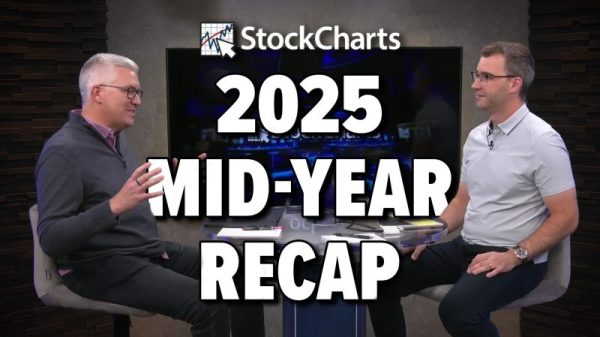Job growth posted a surprise increase in January, demonstrating again that the U.S. labor market is solid and poised to support broader economic growth.
Nonfarm payrolls expanded by 353,000 for the month, much better than the Dow Jones estimate for 185,000, the Labor Department’s Bureau of Labor Statistics reported Friday. The unemployment rate held at 3.7%, against the estimate for 3.8%.
Wage growth also showed strength, as average hourly earnings increased 0.6%, double the monthly estimate. On a year-over-year basis, wages jumped 4.5%, well above the 4.1% forecast. The wage gains came amid a decline in average hours worked, down to 34.1, or 0.2 hour lower.
Job growth was widespread on the month, led by professional and business services with 74,000. Other significant contributors included health care (70,000), retail trade (45,000), government (36,000), social assistance (30,000) and manufacturing (23,000).
The report also indicated that December’s job gains were much better than originally reported. The month posted a gain of 333,000, which was an upwards revision of 117,000 from the initial estimate. November also was revised higher, to 182,000, or 9,000 higher than the last estimate.
While the report demonstrated the resilience of the U.S. economy, it also could raise questions about how soon the Federal Reserve will be able to lower interest rates.
The January payrolls count comes with economists and policymakers closely watching employment figures for direction on the larger economy. Some high-profile layoffs recently have raised questions about the durability of what has been a powerful trend in hiring.
However, broader layoff numbers, such as the Labor Department’s report on initial jobless claims, show companies hesitant to part with workers in such a tight labor market.
Gross domestic product growth also has defied expectations.
The fourth quarter saw GDP increase at a strong 3.3% annualized pace, closing out a year in which the economy defied widespread predictions for a recession. Growth came even as the Federal Reserve further raised interest rates in its quest to bring down inflation.
The Atlanta Fed’s GDPNow tracker is pointing towards a 4.2% gain in the first quarter of 2024, albeit with limited data of where things are heading for the first three months of the year.
The economic, employment and inflation dynamics make for a complicated picture as the Fed seeks to ease monetary policy. Earlier this week, the Fed again held benchmark short-term borrowing costs steady and indicated that rate cuts could be ahead but not until inflation shows further signs of cooling.
Chair Jerome Powell indicated in his post-meeting news conference that the central bank does not have a “growth mandate” and said central bankers remain concerned about the impact that high inflation is having on consumers, particularly those on the lower end of the income scale.



























